Raising Jersey Cattle: Tips, Tricks, and Best Practices for Successful Livestock Management
In our experience, it’s safe to say there are few tasks more rewarding, or indeed demanding, than successfully raising Jersey cattle. Managing these uniquely charming and productive creatures requires a careful blend of knowledge, patience, and hard work. We’ve spent years in the fields, learning the ins and outs, the ups and downs, the joys and challenges of this life. Drawing from this well of hands-on experience, we’re eager to share some crucial tips, tricks, and best practices that can make your journey into Jersey cattle management smoother and more profitable. So, whether you’re a seasoned farmer or a novice just starting out, stick with us as we explore the art of raising Jerseys – you’ll certainly want to know why these cattle are considered the “cream” of dairy farming.
- Jersey calves require more fat in their milk replacer, especially during colder months
- Smaller, more frequent feedings meet the requirements of Jersey calves without overloading their digestive systems
- Provide calf jackets in winter and reflective covers on hutches in summer for calf comfort
- Establish a protocol with your vet to protect against pneumonia-causing viral pathogens
Understanding Jersey Cattle Basics

Calves can be born as light as 45-50 pounds, and ideally, they should double their body weight within the first 60 days. We’ve noticed that Jersey calves require more fat in their milk replacer, especially during the colder months. Research from the American Jersey Cattle Association confirms this, which shows the need for additional fat in the Jersey calf diet.
We’ve found that smaller, more frequent feedings meet the requirements of Jersey calves without overloading their digestive systems. The idea is to promote healthy growth without causing any undue stress on their bodies.
Essential Equipment for Raising Jerseys
We recommend a Merrick bottle and nipple for feeding fresh milk. As the calf grows, transition to a bucket feeding program to help development of the rumen. If you’re managing multiple calves, consider automatic calf feeders for consistent multi-feedings per day. This will also free you up to focus on other tasks.
To help wean the calf off milk, introduce a high-quality Calf Starter. This not only provides necessary nutrients but also encourages the development of the rumen.
Pay attention to the calf’s comfort too. In winter, calf jackets protect from cold, and in summer, reflective covers on hutches regulate temperature. For newborns, warming boxes help maintain body temperature at birth.
As we’ve learned, managing Jerseys isn’t just about feeding; it’s about creating an environment that promotes healthy growth.
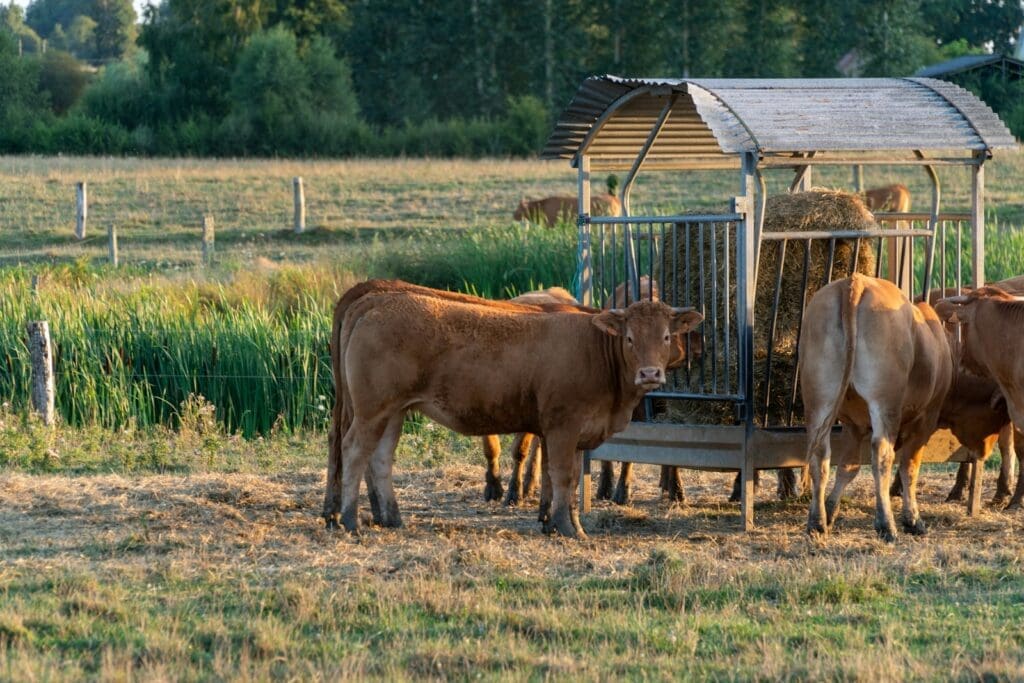
Preventative Care and Health Management
When raising Jersey cattle, it’s important to start with a warm and dry birthing environment. Straw bales provide a great source of dry content for them to lay in. This simple preventative care step helps the calf maintain body heat and sets the stage for a healthy life.
Feeding calves promptly after birth is another key element of livestock management. We recommend providing warm colostrum within two hours of birth, aiming for 3-4 quarts or 10% of the calf’s body weight. A protocol should be established with your vet to protect against pneumonia-causing viral pathogens, a common health management concern in calf and heifer populations.
As we transition from colostrum to milk or milk replacers, be sure to choose a product designed for Jerseys, ideally with levels of 28% protein and 25% fat. In colder weather, adjusting the feeding rate compensates for heat loss.
Breeding and Calving Practices
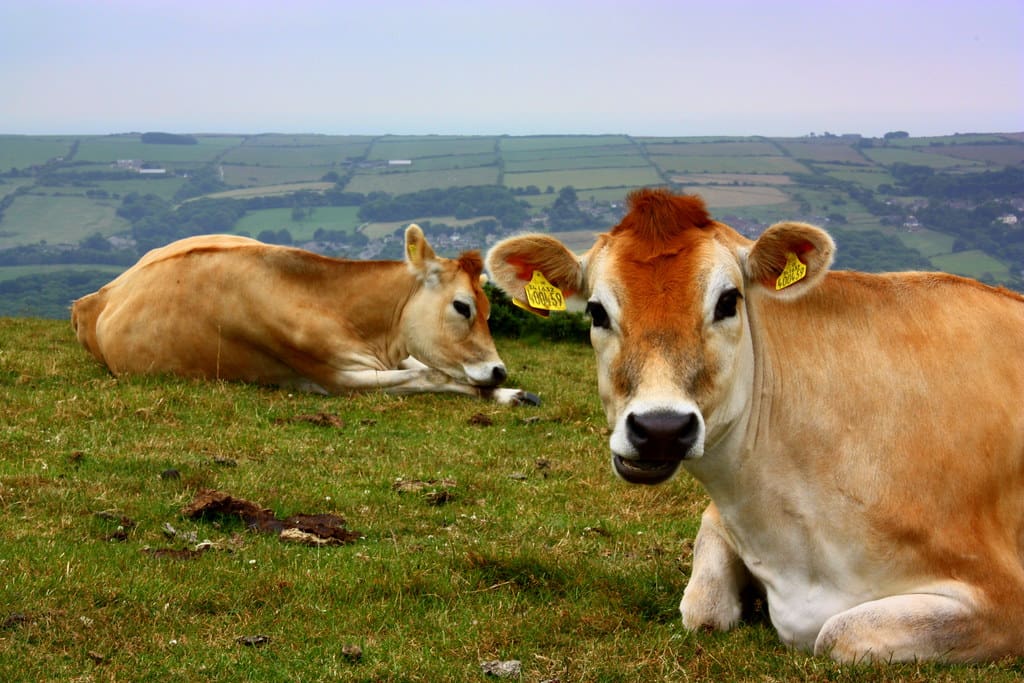
Let’s delve into the crucial aspect of breeding and calving practices, where strategic feeding routines and temperature management play a vital role in raising Jersey calves. Successful livestock management involves introducing smaller, more frequent feedings to meet the Jersey calf’s nutritional requirements without overloading their gut. We’ve found the practice of splitting the colostrum feedings, with a minimum goal of two quarts within four hours of birth, and an additional two quarts at the next feeding, to be quite effective.
It’s also beneficial to adjust the feedings of colostrum and milk replacer based on the calf’s size and weight. This promotes optimal body fat, milk fat and protein levels, crucial for the first feeding and the calf’s overall health and growth.
Temperature management is just as important in breeding and calving practices. We utilize warming boxes to maintain body temperature at birth and calf jackets in winter to regulate temperature for newborn Jersey calves. Giving attention to these practices can certainly enhance your success in raising Jersey cattle.
In our kitchen, we only use cultures from Cultures for Health.
Get yours here and start culturing today.
Popular Articles
Newsletter
Get signed up to get latest updates and new information from the Jersey Milk Cow!
This site uses Akismet to reduce spam. Learn how your comment data is processed.



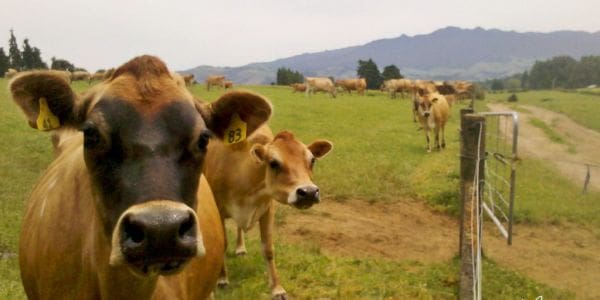


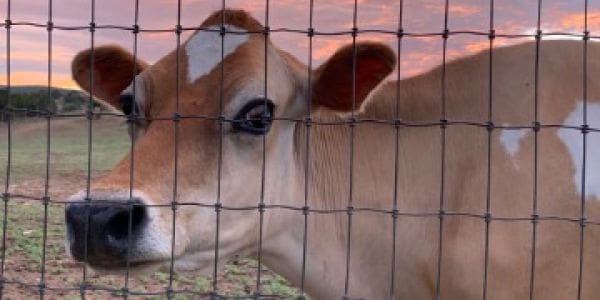

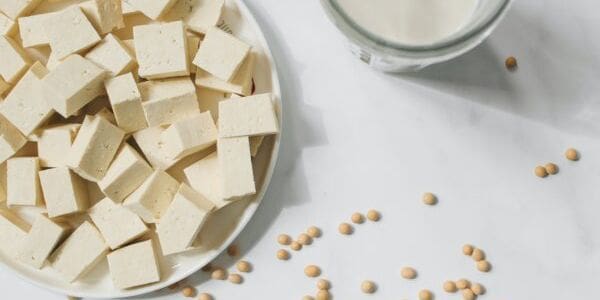



Leave a Reply